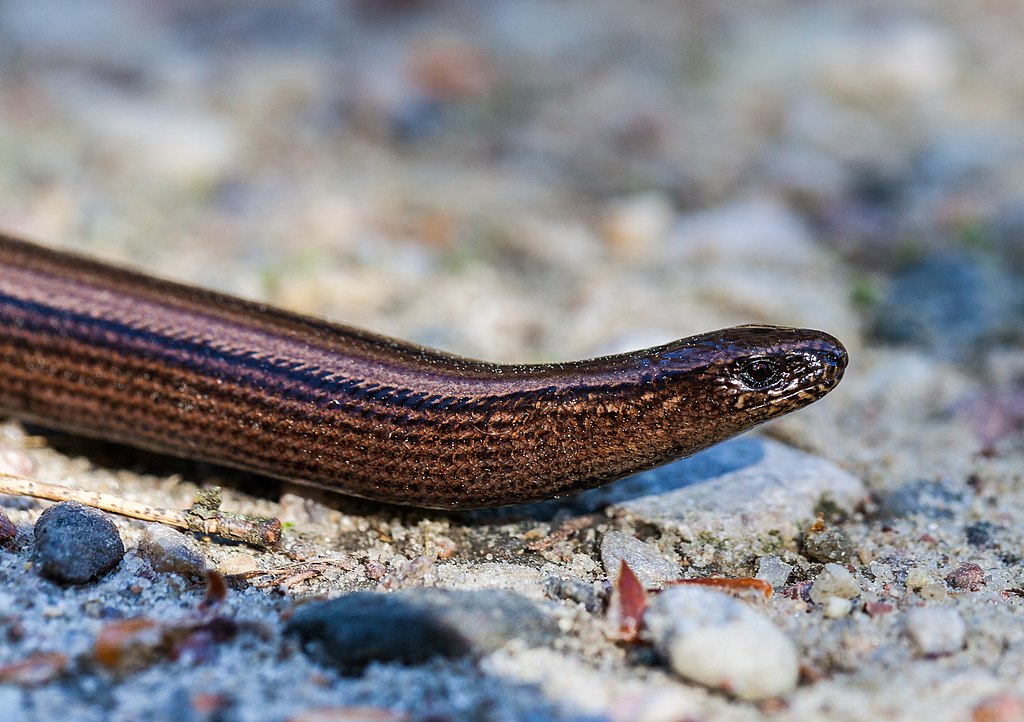In the mysterious world of reptilian behavior, snake eye contact avoidance represents one of the most misunderstood defense mechanisms. Unlike mammals that use direct eye contact to establish dominance or form bonds, snakes demonstrate a remarkable aversion to eye contact with potential predators and even their handlers. This phenomenon isn’t merely an interesting quirk of serpentine behavior—it’s a sophisticated survival strategy developed through millions of years of evolution. Understanding why snakes avoid eye contact provides fascinating insights into reptilian psychology, sensory perception, and the complex adaptations that have allowed these legless creatures to thrive across diverse habitats worldwide.
The Evolutionary Basis of Eye Contact Avoidance
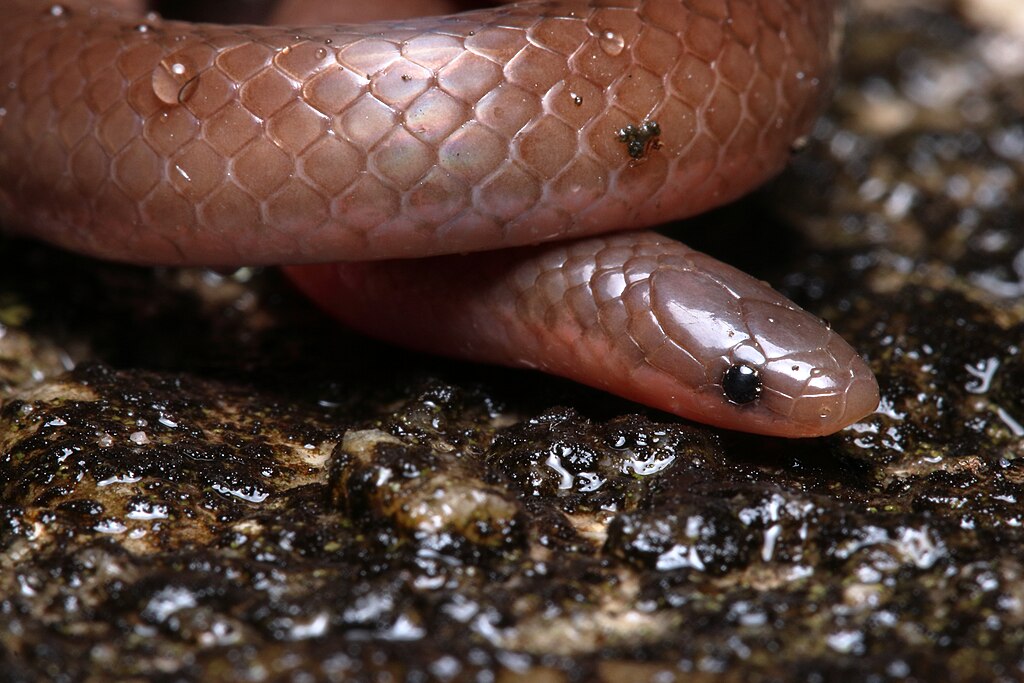
Snakes evolved their eye contact avoidance behavior as a direct response to predation pressure over millions of years. For most snake species, being detected by larger animals has historically meant death or injury, creating strong evolutionary pressure to develop inconspicuous behaviors. When a snake makes direct eye contact with a potential predator, it essentially confirms its presence and location, removing any advantage of camouflage or stealth. Research suggests that snakes that instinctively avoided eye contact with predators had higher survival rates and were able to pass these genetic tendencies to their offspring. This behavior is particularly pronounced in smaller or non-venomous species that rely more heavily on avoiding detection rather than defending themselves through venom or intimidation displays.
The Predator Recognition System
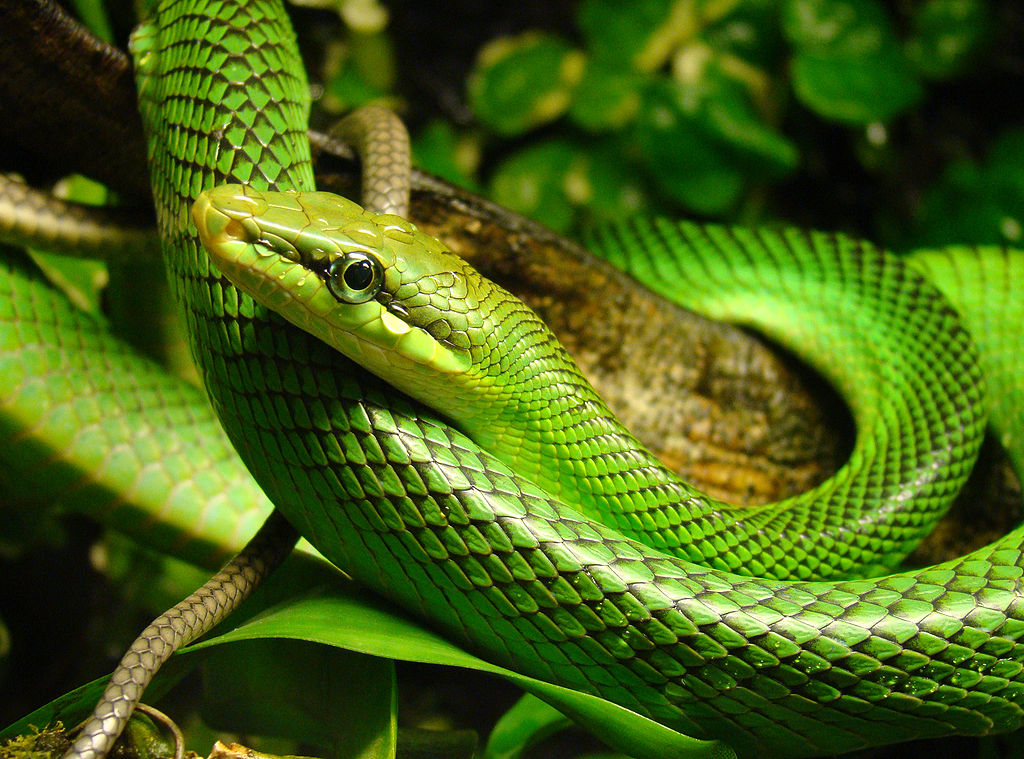
Snakes possess a sophisticated predator recognition system that helps them identify potential threats in their environment. Studies have shown that many snake species can distinguish between the gaze patterns of predators versus non-threatening animals or inanimate objects. When a snake detects a predator’s focused gaze, it triggers immediate defensive responses, including eye contact avoidance. Interestingly, research conducted at several herpetological centers has demonstrated that certain snake species respond differently to direct gazes from various animals, showing heightened avoidance to traditional predators like birds of prey, mammals, and larger reptiles. This sophisticated recognition system allows snakes to conserve energy by only activating defensive behaviors when genuinely threatened, rather than responding to every movement in their environment.
The Visual Systems of Snakes
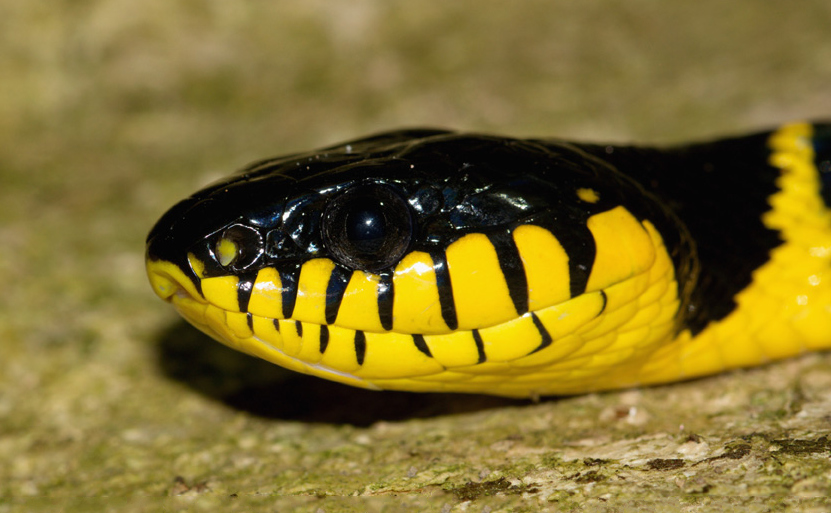
A snake’s unique visual system significantly influences its eye contact behavior. Unlike humans with forward-facing eyes providing binocular vision, most snakes have laterally positioned eyes that create different visual fields and perception. This means snakes don’t perceive eye contact the same way mammals do—they’re actually more sensitive to movement than static direct gazes. Many snake species have specialized visual receptors that are particularly triggered by rapid movement or large objects moving above them (like birds of prey). Their visual system has evolved to prioritize detection of movement patterns typical of predators while being less focused on fine details or color vision. This specialized visual system explains why many snakes appear more disturbed by hand movements above their heads than by direct staring.
Stress Responses to Direct Gazes
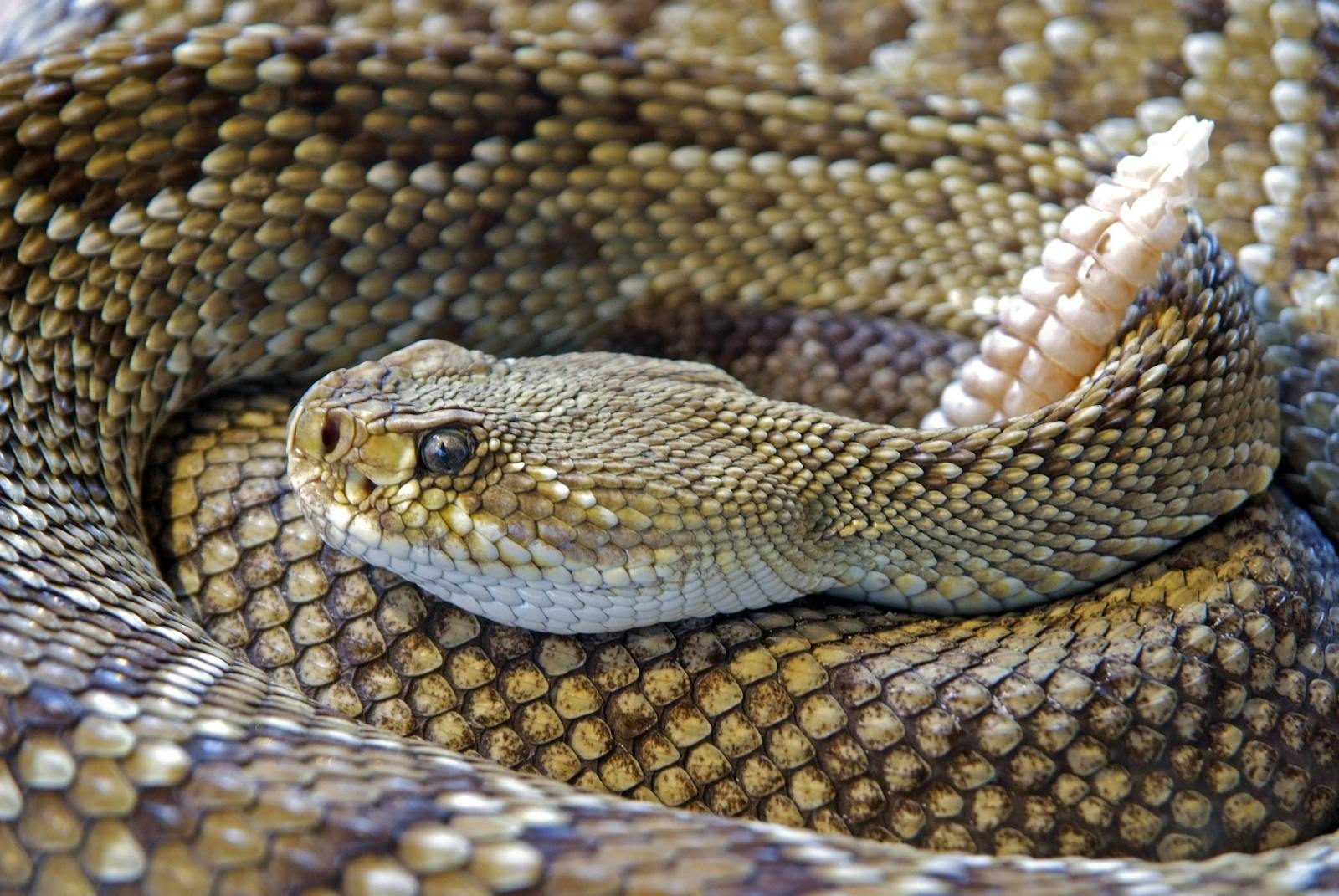
When forced into situations with unavoidable eye contact, snakes demonstrate measurable physiological stress responses. Research has documented elevated heart rates, increased respiratory rates, and even hormonal changes in snakes subjected to prolonged direct gazes. For captive snakes, this stress response can lead to decreased feeding, compromised immune function, and reproductive issues if experienced regularly. Experienced reptile handlers and zookeepers often approach snakes from the side rather than head-on, mimicking a less threatening approach that reduces this stress response. Even among different snake species, the intensity of this stress response varies significantly, with arboreal species typically showing stronger reactions than ground-dwelling or fossorial (burrowing) species.
Species-Specific Differences in Eye Contact Behavior

The degree of eye contact avoidance varies dramatically across the more than 3,900 snake species worldwide. Highly defensive species like certain vipers and cobras may actually maintain deliberate eye contact as part of their threat displays, using their gaze as an intimidation tactic. Conversely, shy species like many colubrids (rat snakes, king snakes) exhibit extreme avoidance behaviors when faced with direct gazes. Environmental adaptations also play a role in these differences—arboreal (tree-dwelling) snakes often show stronger eye contact avoidance since they’re more vulnerable to aerial predators that use visual hunting methods. Nocturnal species generally demonstrate less pronounced gaze avoidance behaviors compared to diurnal species, likely because they’ve evolved in conditions where visual detection plays a less critical role in predator-prey interactions.
The Role of Camouflage and Stealth

For many snake species, eye contact avoidance forms part of a broader stealth strategy working in conjunction with physical camouflage. The eyes of most snakes represent one of their most visually distinctive and potentially revealing features, often standing out against their camouflaged bodies. By avoiding eye contact, snakes enhance the effectiveness of their camouflage patterns and coloration. This behavior is particularly critical for ambush predators like vipers and pythons that rely on remaining undetected until prey comes within striking distance. Some species have evolved specialized camouflage features for their eyes, including disruptive patterns that break up the eye’s outline or specialized scales that can partially cover the eye without blocking vision, all working in concert with behavioral adaptations like gaze avoidance.
The Social Context of Snake Eye Behavior
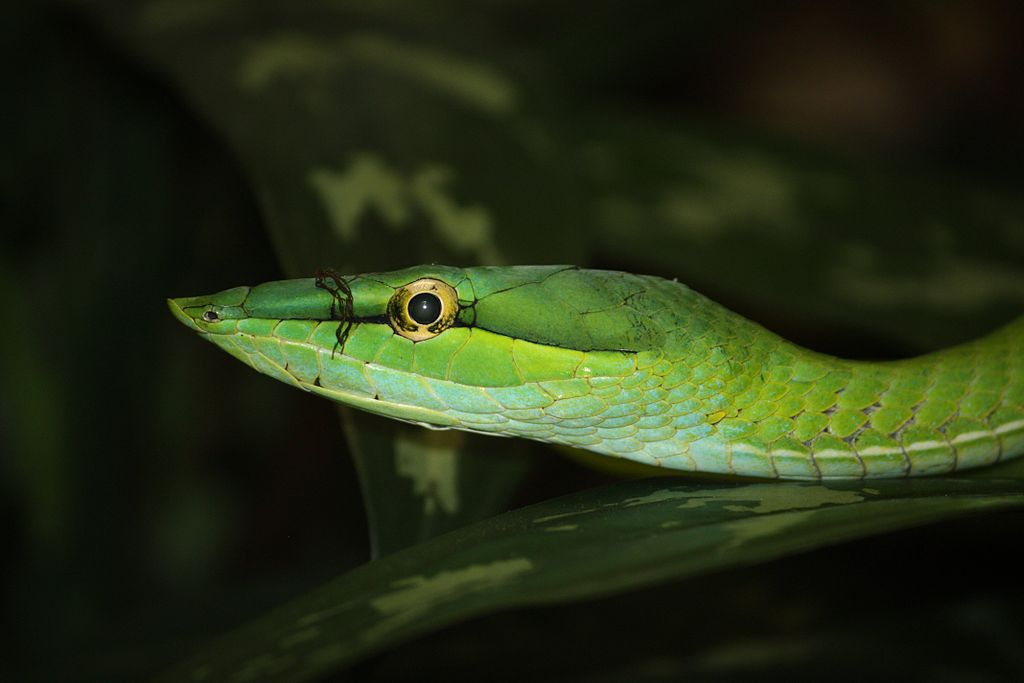
While snakes lack the complex social structures found in many mammal species, their eye contact behaviors do have social dimensions within their species. During mating seasons, many snake species show altered eye contact patterns, with males more willing to maintain gaze during courtship rituals. Mother snakes of viviparous (live-bearing) species that provide parental care sometimes demonstrate different eye contact patterns with their offspring compared to other snakes. Research into captive snake colonies has revealed that individual snakes may develop distinct eye contact preferences based on their experiences with specific handlers or other snakes. These observations challenge the simplified view of snakes as purely instinctual beings, suggesting more nuanced social awareness than previously recognized.
Captive Snakes and Handling Implications
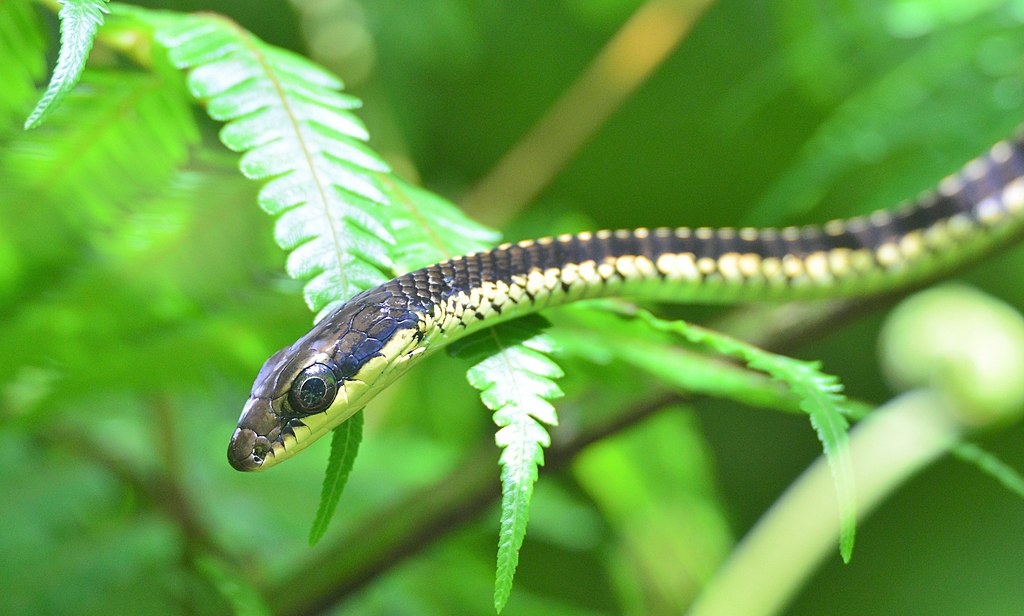
For pet snake owners and professional handlers, understanding eye contact avoidance is crucial to minimizing stress and building trust with captive reptiles. Experienced handlers typically approach snakes from the side rather than looming over them from above, which mimics predatory behavior in the wild. Regular, gentle handling sessions can gradually desensitize captive snakes to human interaction, though individual temperaments vary widely even within the same species. Proper enclosure design incorporating adequate hiding spots allows captive snakes to avoid unwanted eye contact, significantly reducing stress levels in captivity. The most successful snake keepers recognize and respect these natural behaviors rather than trying to force humanlike interaction patterns onto these ancient reptiles.
Neurological Mechanisms Behind Gaze Avoidance

Recent neurobiological research has begun uncovering the specific brain mechanisms responsible for snake gaze avoidance behaviors. The amygdala-like structures in the snake brain show heightened activity when the reptile perceives direct gazes, triggering the immediate flight response observed in many species. Unlike mammals, whose brains process complex social cues from eye contact, snake brains appear specialized for rapid threat assessment based on simpler visual patterns. The optic tectum in the snake brain plays a crucial role in this process, rapidly processing visual information and initiating defensive responses without the higher-level processing that occurs in mammalian brains. This neurological efficiency explains why gaze avoidance happens so quickly and instinctively, even in hatchling snakes with no prior experience of predators.
Thermal Imaging and Infrared Detection

For pit vipers and certain boid species with heat-sensing organs, eye contact avoidance takes on additional dimensions beyond visual perception. These snakes can detect the body heat of potential predators or handlers through specialized pit organs, allowing them to “see” threats even without direct visual contact. This thermal detection system provides these snakes with an additional layer of awareness that influences their eye contact behavior. Interestingly, research has shown that when these snakes detect a warm-blooded predator’s gaze through both visual and thermal channels simultaneously, their avoidance responses are significantly stronger. Some specialized snake species will alter their body position to orient their heat-sensing pits toward perceived threats while simultaneously turning their eyes away, demonstrating the sophisticated integration of multiple sensory systems in their defensive behaviors.
Chemical Sensing and Eye Contact

A snake’s primary sensory system—chemical detection through tongue flicking—works in conjunction with visual avoidance behaviors in fascinating ways. When a snake detects stress pheromones from other snakes or the scent of known predators, it becomes more vigilant about avoiding eye contact without having visually confirmed a threat. This chemical priming demonstrates how snakes integrate multiple sensory inputs to enhance their survival chances. Research in controlled environments has shown that snakes exposed to predator scents exhibit more pronounced eye contact avoidance compared to control groups, even when the visual stimuli remain identical. For many snake species, this chemosensory system provides critical contextual information that modifies their visual behaviors, creating a more sophisticated threat assessment system than purely visual responses would allow.
Educating the Public About Snake Behavior
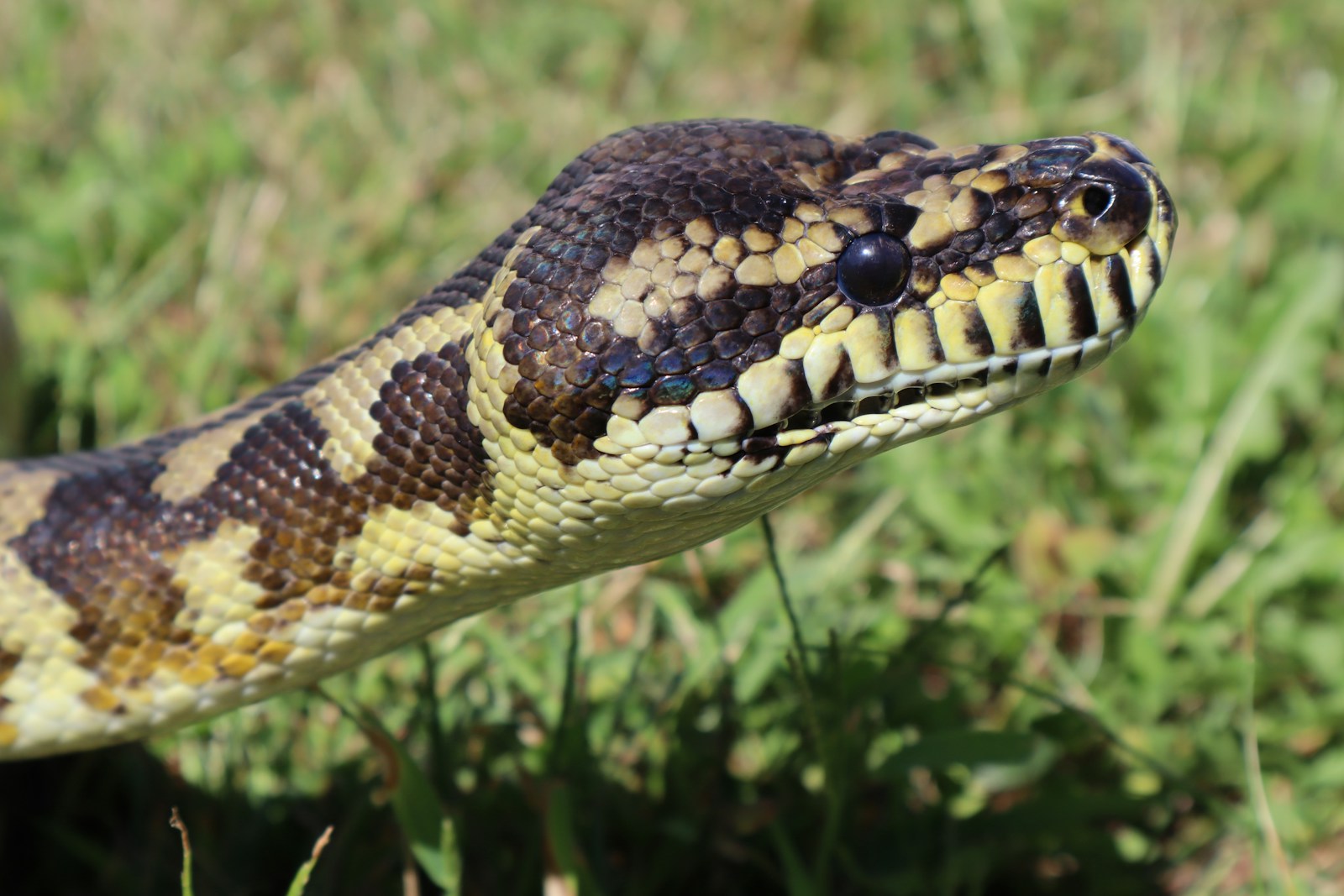
Public misconceptions about snake eye contact often lead to negative human-snake interactions and unnecessary fear. Many people incorrectly interpret a snake’s gaze avoidance as sneaky or sinister rather than understanding it as a natural defensive behavior. Educational programs that teach proper snake observation techniques—watching from appropriate distances, avoiding sudden movements above snakes, and respecting their need to avoid direct gazes—can significantly improve conservation outcomes and reduce negative encounters. Wildlife photographers and naturalists who understand these behaviors can capture more natural snake behaviors while minimizing disturbance to the animals. By recognizing that eye contact avoidance isn’t personal but rather an ancient survival strategy, humans can develop more respectful approaches to observing these remarkable reptiles in both wild and captive settings.
Conclusion
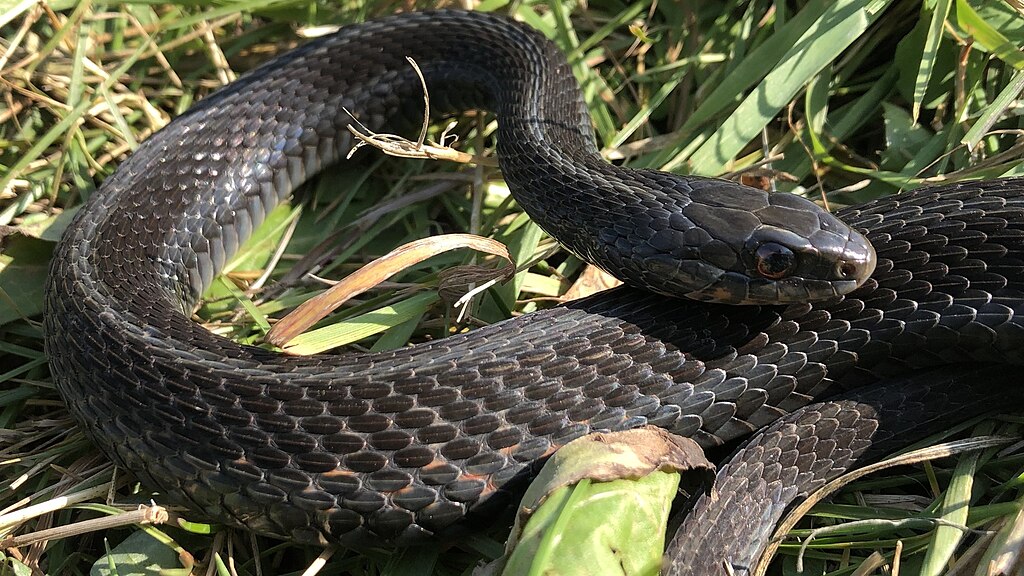
Understanding why snakes avoid eye contact reveals the sophisticated adaptations these animals have developed through evolutionary processes. Far from being a simple quirk or coincidence, this behavior represents a critical survival strategy that integrates multiple sensory systems and neurological responses. For snake enthusiasts, wildlife professionals, and casual observers alike, recognizing and respecting this fundamental aspect of snake behavior fosters more positive interactions while reducing stress for these often misunderstood reptiles. As research continues to uncover more details about serpentine perception and behavior, our appreciation grows for the remarkable ways these ancient creatures have adapted to survive in a world full of potential threats. By approaching snakes with knowledge rather than misconceptions, we can develop a deeper connection with these fascinating members of our natural world.

